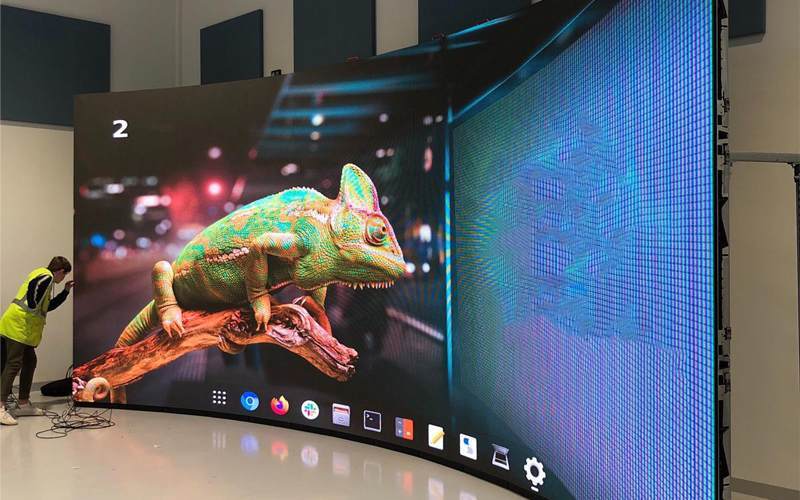Investigating the Crucial Factors That Affect Hue Consistency in Light Emitting Diode Wall Screens for Optimal Visual Output
Investigating the Crucial Factors That Affect Hue Consistency in Light Emitting Diode Wall Screens for Optimal Visual Output
Blog Article
Color consistency in light-emitting diode wall panels is crucial for attaining maximum visual performance. LED wall screens are widely used in various environments, including musical events, meetings, and advertising displays. When the colors on these screens are uniform, they create a more engaging and immersive experience for audiences. Several critical elements affect color consistency, including the quality of the light-emitting diode elements, calibration procedures, and surrounding factors.
The caliber of the LED components plays a significant role in hue consistency. Different types of LEDs produce light at different frequencies, which can influence the total hue result. Premium light-emitting diodes are designed to produce a more uniform light range, leading in better color accuracy. Additionally, the manufacturing method of these light-emitting diodes can impact their performance. Panels made with high-grade materials and techniques tend to have less hue variations, ensuring that the shown pictures and footage look lively and faithful to reality.
Tuning is another essential element in preserving color consistency in light-emitting diode wall panels. Calibration entails modifying the settings of the panel to make certain that the hues displayed match the desired appearance. This process can consist of fine-tuning luminosity, differentiation, and color balance. Frequent tuning is necessary, especially in environments where illumination conditions change frequently. By tuning the screens, technicians can fix any inconsistencies in color output, resulting to a more consistent viewing experience.
Surrounding factors also influence color consistency in light-emitting diode wall screens. Factors such as ambient light, heat, and moisture can influence how colors are perceived. For example, intense ambient light can wash out colors, making them look less vibrant. Similarly, extreme heat can influence the performance of the LEDs, leading to hue changes. To reduce these led wall rental for community outreach issues, it is essential to place LED wall panels in managed settings where illumination and temperature can be managed effectively.
Lastly, the layout and layout of the LED wall panels can affect color consistency. The configuration of the screens, as well as the spacing from which they are viewed, can create variations in color perception. When screens are arranged too distant apart or at varied angles, viewers may notice discrepancies in color. To achieve the best visual output, it is crucial to take into account the positioning and alignment of the panels during installation. By addressing these elements, operators can ensure that their LED wall panels provide a uniform and superior optical experience.